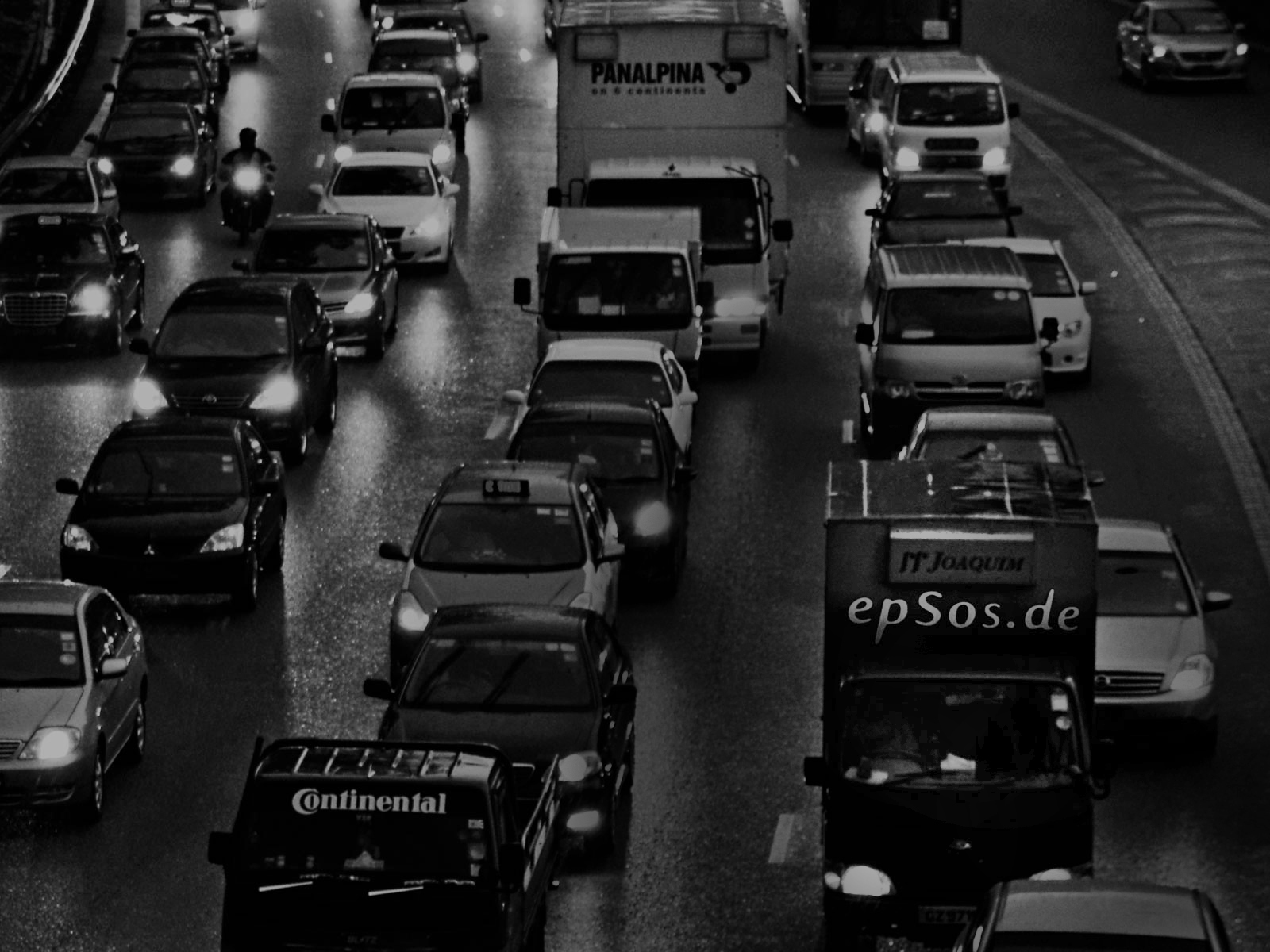Transport has always shaped cities. In medieval times crossroads gave birth to thriving market towns. Venice was built up around its canals. Industrial Britain’s development followed the route of railways and waterways. Many North American cities were created for the car. But how are the cities of today being shaped by a need for more sustainable transport?
Cities are now home to over half the global population and have a large role to play in reducing carbon emissions and improving air quality. This requires new technologies and ways of organising cities, alongside energy and process efficiency gains.
Many local governments are accelerating change through policy initiatives such as integrated transport; congestion charges and low-emission zones; sustainable procurement and lifecycle costing; and opening data up to companies and academics. These urban policies can move markets in more sustainable directions. For example, London is requiring all newly licensed taxis to be zero-emission capable from 2018, which has resulted in five vehicle manufacturers committing to meeting that deadline.
There are three main ways that cities can innovate to make transport more sustainable without increasing journey times.
Better land-use planning: The least dense cities, for example Houston in the US, have per-head carbon emissions that are nearly ten times higher than the densest, such as Singapore. City planners are using transit-oriented development to increase density while maintaining quality of life and property value. This involves clustering mixed-use developments around a key transport hub, as with the KL Sentral area in Kuala Lumpur, built around the largest railway station in South-east Asia.
Modal shift: Some cities, such as Delhi, India, are investing heavily in creating the mass transit systems needed to change how citizens travel. Others are using incentives and behavioural change to encourage people to choose more efficient—and often healthier—forms of transport. Copenhagen has a number of progressive cycling policies including the Green Wave, which allows people cycling at 20km/h to hit all green lights during rush hour. This supports commuting at a speed that keeps traffic moving, but is safe for the cyclist.
Making existing transport modes more efficient: The use of lightweight materials and structures to reduce vehicle weight, and new engine and fuel technologies, are helping to make existing road and rail vehicles more efficient. However, alternative ways of fuelling transport are also needed and it is not yet clear which technologies and fuels cities will back. The main options are hydrogen fuel cells, fossil fuel hybrids, and electric vehicles, and the optimum solution may well vary from city to city. Many options require city-level investment in new infrastructure—for example the city of Gumi in South Korea is currently piloting a scheme that embeds wireless charging for electric buses within the roads, helping to recharge vehicles on the move.
A number of cities are already taking significant steps towards creating sustainable transport systems. In Manila, in the Philippines, the Asian Development Bank is aiming to roll out 100,000 electric tricycles (e-trikes) to replace current fossil fuel versions, which will not only benefit the environment and health, but will also increase take-home pay for drivers by around 15%.
Hangzhou in China, which already has the world’s largest bike-sharing scheme, has embraced the electric car. It is now installing multi-storey “vending machines” for ultra-compact electric cars, with a 75-mile range and costing just US$3 an hour. There are around 50 of these in the city today and plans for many more. Hangzhou also has battery-swapping facilities for around 500 electric taxis.
The global need to cut carbon emissions and air pollution, at the same time as improving human development, has created the demand for sustainable and accessible transport systems. Through their actions, city governments are helping to shape the cities of the future, today.
This blog is part of a series managed by The Economist Intelligence Unit for AkzoNobel.
The views and opinions expressed in this article are those of the authors and do not necessarily reflect the views of The Economist Intelligence Unit Limited (EIU) or any other member of The Economist Group. The Economist Group (including the EIU) cannot accept any responsibility or liability for reliance by any person on this article or any of the information, opinions or conclusions set out in the article.







